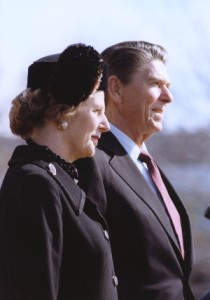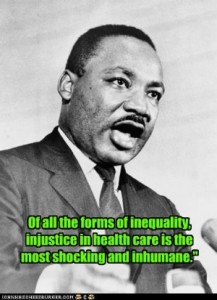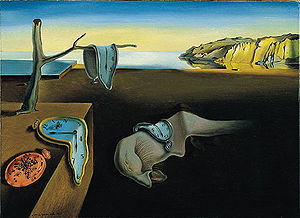It takes courage to blow the whistle on a fellow employee. The workplace is a social community. When we stand up and accuse someone of wrongdoing, we alienate ourselves from that community. The whistle blower, of course, also faces very concrete fears: job and income loss, the threat of retaliatory prosecution, and the expense of defending oneself against such retaliation.
In a recent case in Texas, a nurse, Anne Mitchell, was prosecuted after she submitted a complaint about the unethical conduct of a doctor at her hospital. The doctor claimed that Ms. Mitchell and a fellow nurse, Vickilyn Galle, were harassing him. The nurses’ complaint was submitted anonymously, but authorities searched Ms. Mitchell’s computer and found a copy of the letter. The two nurses, who had worked at the hospital for a total of 47 years, were fired last June and faced up to ten years in prison. The New York Times quotes Ms. Galle:
“It has derailed our careers, and we’re probably not going to be able to get them back on track again. … We’re just in disbelief that you could be arrested for doing something you had been told your whole career was an obligation.”
Read more












